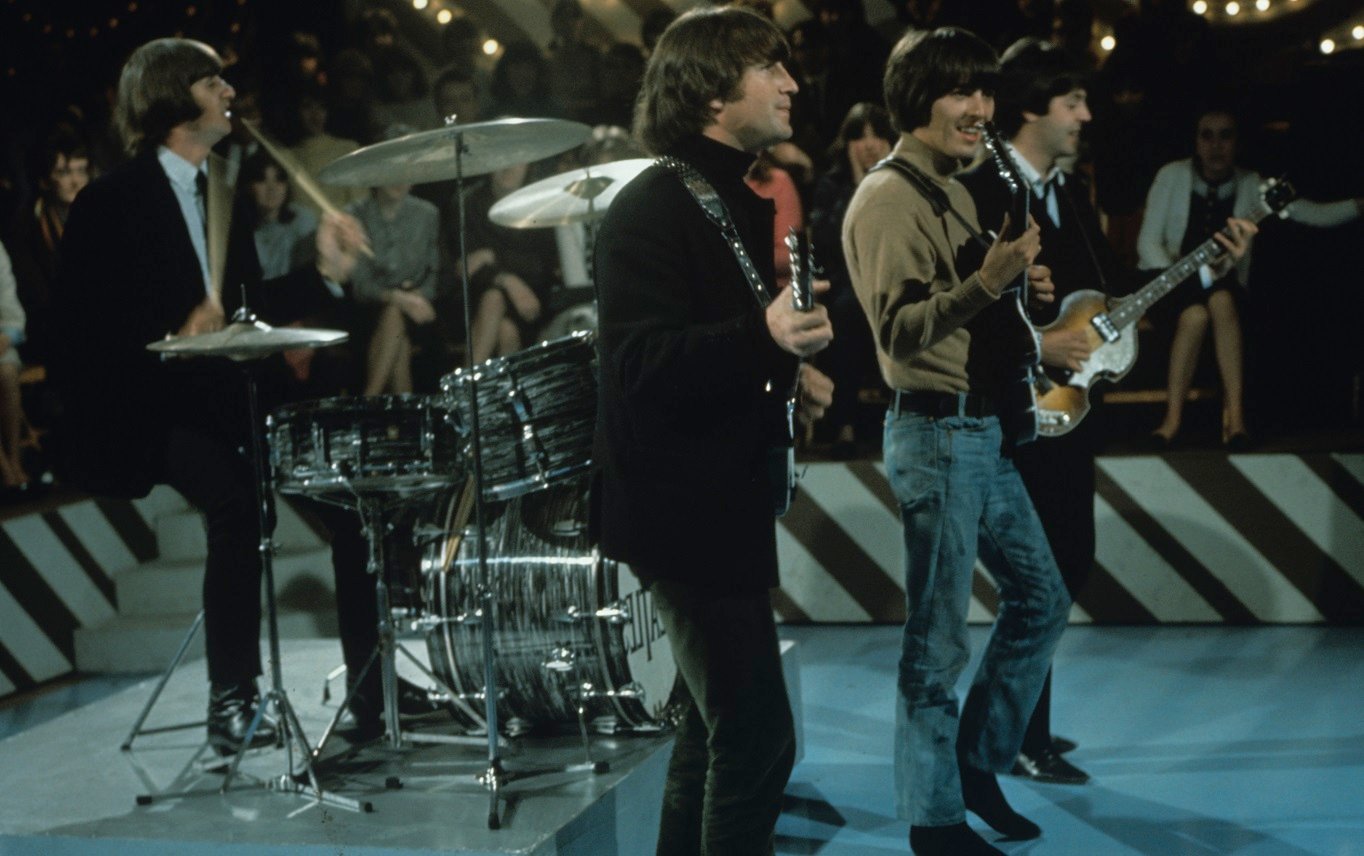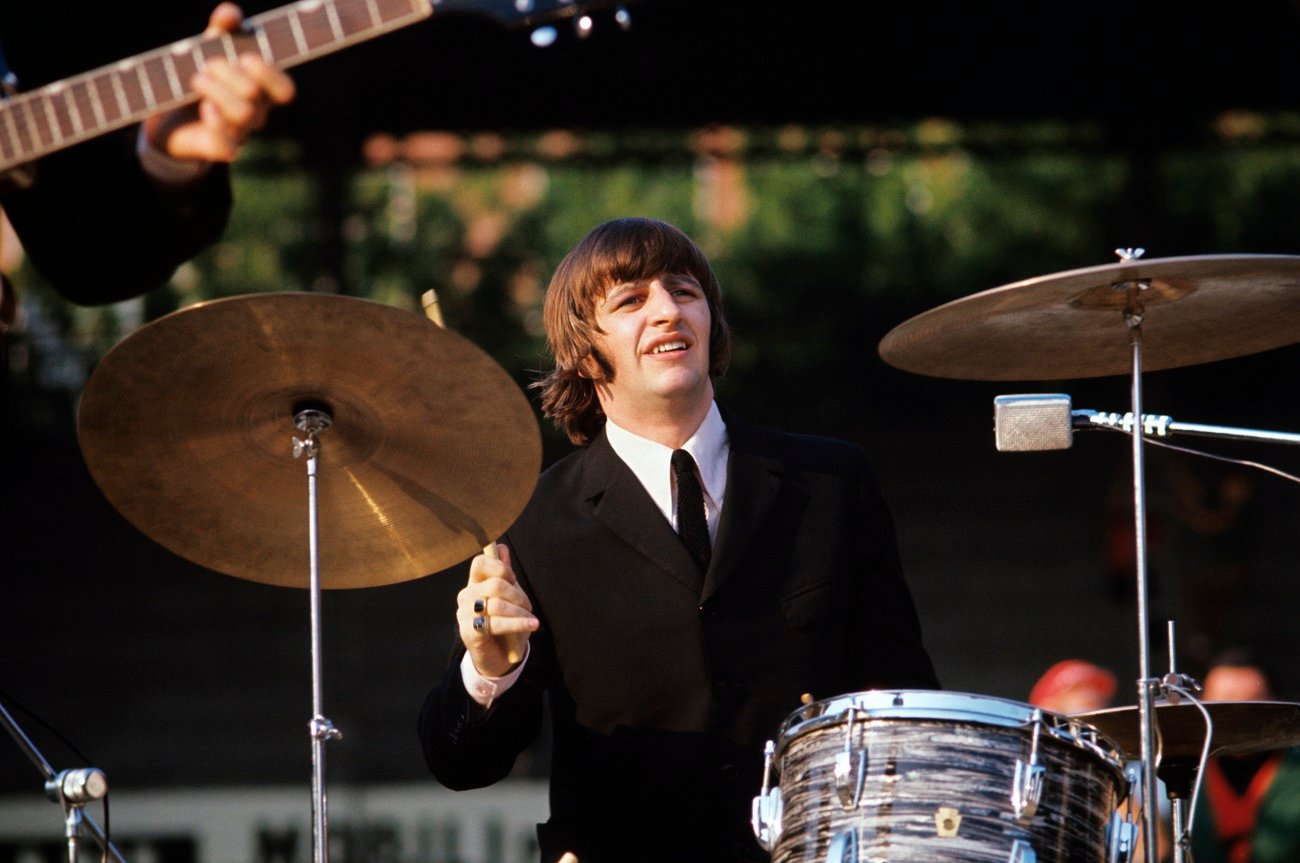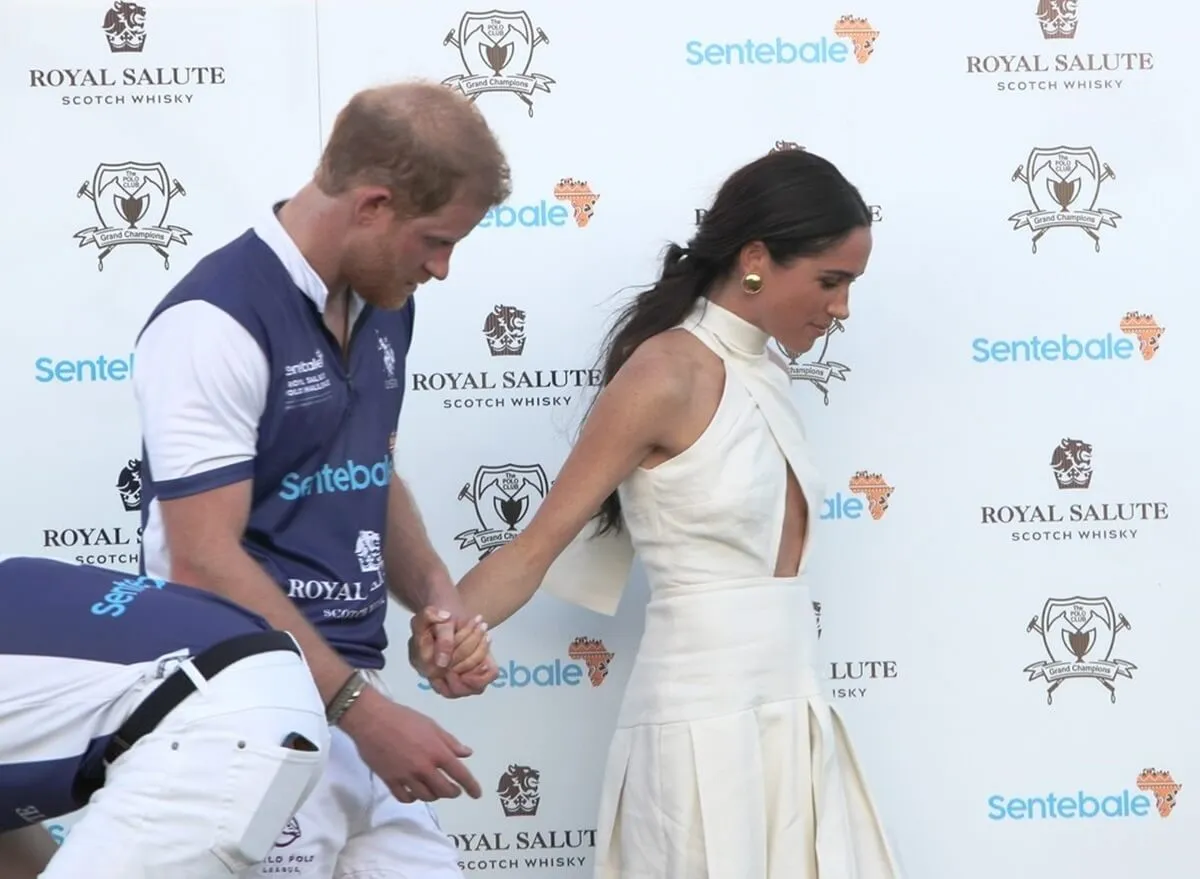How The Beatles Got Ringo’s Massive Drum Sound on ‘Rain’
After nearly a decade of strong work with The Beatles, could Ringo Starr pick one song with his favorite drumming? Ringo did, and he pointed to a track that never made it on a Beatles studio album. The song he picked was “Rain,” the B-side to 1966’s “Paperback Writer” single.
“I think it was the first time I used this trick of starting a break by hitting the hi-hat first instead of going directly to a drum off the hi-hat,” Ringo said in the Paul McCartney biography Many Years From Now. “I think I just played amazing.”
Indeed, Ringo shows off a few of his tricks on “Rain,” which John Lennon wrote (with an assist from Paul). But mostly it’s the energy Ringo brings to his fills that made the song such a highlight for him. And the track kicks off with a Ringo break.
Ringo’s attack wasn’t the only reason his drums sound so great on the record. Along with Ringo’s technique, the track served as a showcase for the Beatles’ studio team. Playing with the speeds of the recording made the drums and guitars sound, as Paul put it, “thunderous.”
Beatles Engineer Geoff Emerick spoke of getting the ‘deep and murky’ sound of ‘Rain’

On several occasions, Beatles producer George Martin and engineer Geoff Emerick played with the speeds of instrumental tracks for effect on Fab Four records. In the case of “In My Life” from Rubber Soul (1965), it was the trick of speeding up Martin’s keyboard solo to get that harpsichord sound.
But Martin and Emerick could also play with speeds the other way. That’s what they did while putting together “Rain” in April ’66. This time, they recorded The Beatles playing the instrumental part faster than the tempo you hear on record.
Meanwhile, Emerick ran the recording machine at a faster speed. It sounds like a regular Beatles tempo because they slowed it down afterward. “When we slowed the tape back down to normal speed, the music [had] a radically different tonal quality,” Emerick explained in Here, There and Everywhere.
Emerick described the sound as “deep and murky,” and it was one reason Ringo’s drums came off so well. “It all seems very simple now,” Emerick wrote. “But in 1966 it was a pretty revolutionary technique — one that we would repeatedly use to great effect on Beatles recordings.”
Paul McCartney loved the ‘giant drum kit’ sound on ‘Rain’

While Emerick focused on the overall depth of the sound on “Rain,” Paul pointed to the drums in particular in a section from Many Years From Now. “The drums became a giant drum kit,” he said. “If you slow down a footstep it becomes a giant’s footstep. It adds a few tons [of] weight.”
Paul also cited the impact of the slowed-down tape on the rest of the recording. “We got a big, ponderous, thunderous backing and then we worked on top of that as normal,” he said. “It just had a big ominous noise to it. It was nice, I really enjoyed that one.”
They didn’t stop there. Before the track ends, you hear a vocal from John that sounds like gibberish — it was a recording of him singing, but played backwards. John claimed to have discovered the effect after accidentally playing a tape backwards, completely stoned one night at home.


